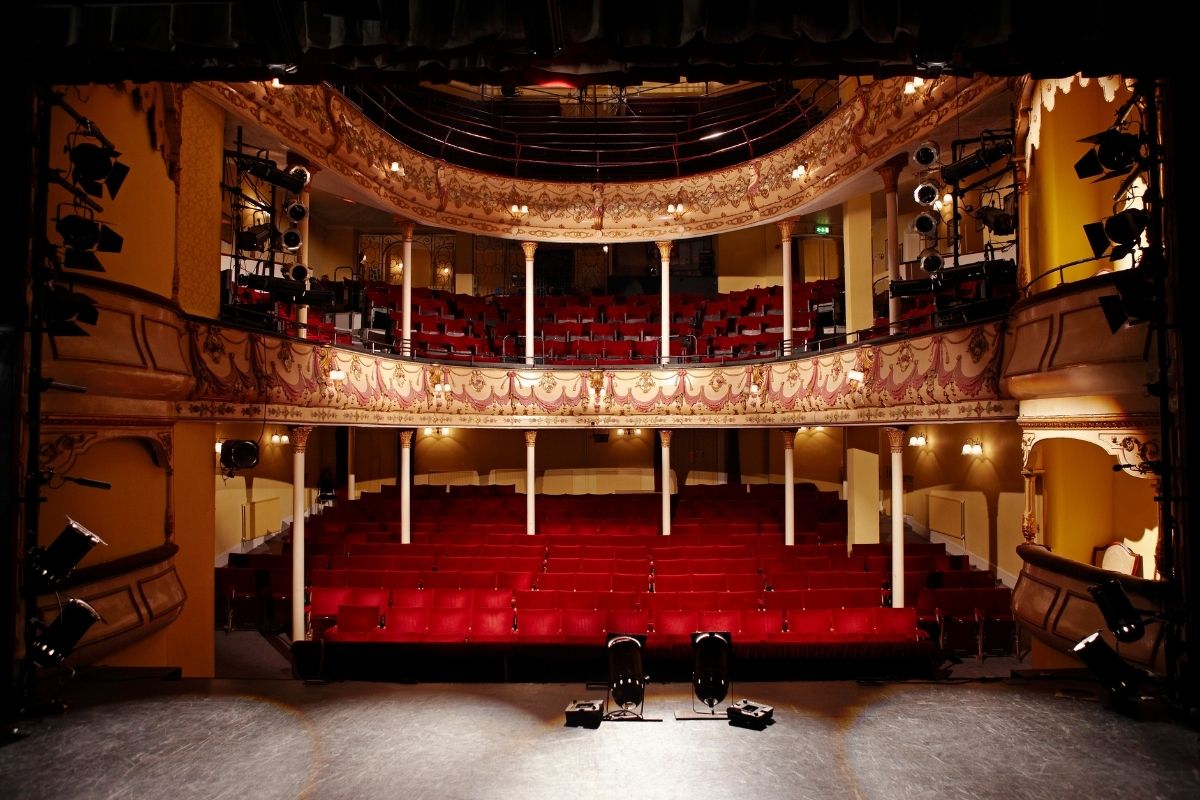How to Blur the Lines Between Performing Arts Styles

There are classic ways of thinking about performing arts genres. For example, there are dramas and comedies and musicals. Talking about genres isn’t the same as talking about tones of theater. Even still, we can say that the tone is dramatic or comedic and that there’s musical theater and so forth.
To me, that becomes both interesting and complicated because much work in the contemporary moment actually jumps through those styles and those tones in really exciting ways. For me, the barrier building that comes with classifying genres and tones is not very helpful in online performing arts education. My personal interest lies in disrupting all of that.
Let me give you a little personal context about myself. I grew up in northern Mexico along the border with the US. The city where I’m from, Ciudad Juarez, is right on the border of an American city called El Paso, Texas. I grew up crossing the border between those two cities every day. That is how that community worked. My experience was both 100% Mexican and 100% American. It involved interacting with those communities and bringing the best of them to create and support my community.
For me, the idea of crossing borders is ingrained in who I am. As a theater maker, the minute that I’m given these kinds of binaries and I’m told, “This is this and that is that,” my immediate question is, “What happens when you begin to cross that border and begin to actually create a third space?”
I hear the ideas of playwright-driven work and collaborative work and classical work. I hear of proscenium in the theater work and site-specific work and immersive work. And when I do, I start to think of ways that we can begin to blur all that together and create another space that’s dynamic.
So for me, getting a handle on genres is an important and interesting part of performing arts education, but only inasmuch as it allows you to begin to blur the lines and acknowledge what’s inherited.
What are the inheritances that we have from our really old theater tradition? Those traditions stem from as early as the human creature delving into imagination and ritual. I like to cause trouble when it comes to that.
Even still, it’s important to understand where a work comes from so that it’s legible. You need to understand where the traditions come from. Again, to me, getting wonderfully lost in that is a really cool thing and a really exciting thing.
